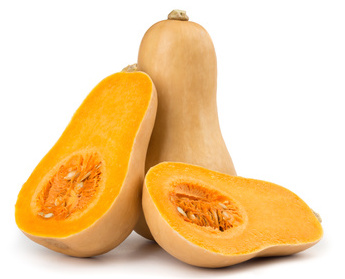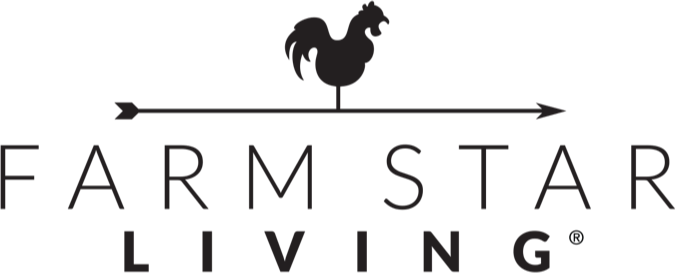
Health Benefits:
Aids in digestion
Combats fatigue
Fights asthma
Fights free radicals
Improves bone and muscle health
Increases stamina
Lowers blood pressure
May reduce nausea
May reduce risk of Alzheimer
May reduce risk of birth defects
May regulate heart rate
Protects skin from UV rays
Provides energy
Relieves PMS
Nutrition:
Serving size: 1 cup cubes; Calories: 63; Fat: .1g; Cholesterol: 0mg; Sodium: 6mg; Carbs: 16g; Fiber: 2.8g; Sugars: 3.1g; Protein: 1g; Potassium: 14%DV; Vitamin A: 297%DV; Vitamin C: 48%DV; Calcium: 6%DV; Iron: 5%DV
Did You Know?
- Butternut Squash is one of the longest keeping vegetables, lasting over 3 months when stored properly.
- A ripe butternut squash will feel firm, if you can push a fingernail into the rind of a squash it is immature and will be lacking in flavour and sweetness.
Ways to Eat:
- Roasted
- Sauteed
- Steamed
- Pureed
- Add to salads, soups, pasta sauces
- Roasted and tossed butternut squash seeds can be used as snacks.
Farming Trivia:
- Winter squash is late growing; has a hard, thick rind; and dense orange or yellow flesh.
- In America, the large commercial winter squash farmers are generally in the Southern states, and most sell their crops to the canneries. In the North, winter squash is more of a fall holiday crop, and is frequently sold directly to retail customers.
- Winter squash grows during the warm season on an annual vine, and in the commercial growing regions is most often not irrigated.
Note: Always consult a physician for any specific health questions and concerns. Some of this information may be subject to change should there be any new findings from Federal Health Administration (FHA), Food & Drug Administration (FDA), American Medical Association (AMA), American Cancer Society (ACS), and / or other leading food, nutrition and medical advisors.

